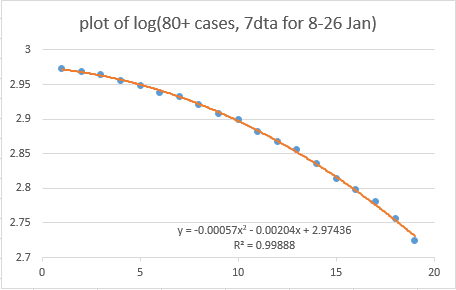
Since the question of how far, and how fast, we can relax our current lockdown restrictions is very much current, I have updated my “vax & release” model with the latest data. And it’s mostly good news: we should be able to unlock faster than I previously thought, 1/8
returning to near-normality in June, without causing the many tens or hundreds of thousands of further deaths that were predicted by the Warwick and Imperial models. (I’m sure their modelling is much better than mine – it's just their assumptions are out-of-date). 2/8
However, there is a sting in the tail: there is still a strong risk of a further (fourth) wave in the summer or autumn, with maybe another ~20-30k deaths. To avoid that wave causing a peak of hospitalisations that would overwhelm the NHS, it may be necessary to continue 3/8
continue with ‘light’ social-distancing (e.g. masks in crowded places, work from home if you can) for ~3 months after we unlock. Seasonal factors &/or voluntary behavioural responses might avoid the need for this – but it could be dangerous to rely on these. 4/8
So my proposal is this: follow something like the plan proposed by @andrew_lilico up to the end of May, but then go into a near-normal position until a “full opening” on 1st September once the fourth wave is over. 5/8
https://twitter.com/andrew_lilico/status/1361801369221533706?s=20
Two assumptions are particularly critical to these plans: the effect of the vaccine on severe disease, and its effect on transmission. On the latter, we’re only just starting to get good data, and If I’m wrong in my assumption by 10% one way, unlocking could crash the NHS; 6/8
10% the other way and the fourth wave disappears. So we really need a better handle on this (the vaccine effect on transmission, and also on serious disease and death) before we move to the final stage of re-opening. 7/8
That’s the end of the summary; rather than embarking on another 50-tweet thread to show you the details of the model assumptions, results etc. I've put these into a .pdf on dropbox - see link in next tweet if you are interested. Lots of nice charts and tables included 😀 8/8
This is the more detailed write-up: dropbox.com/s/zqqnjc0qt1ah…. Let me know if the link doesn't work or if you'd really prefer the marathon thread instead.
• • •
Missing some Tweet in this thread? You can try to
force a refresh



